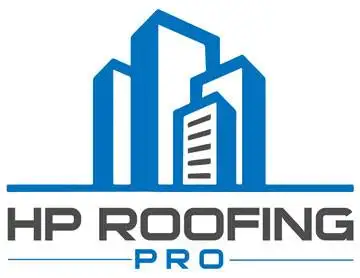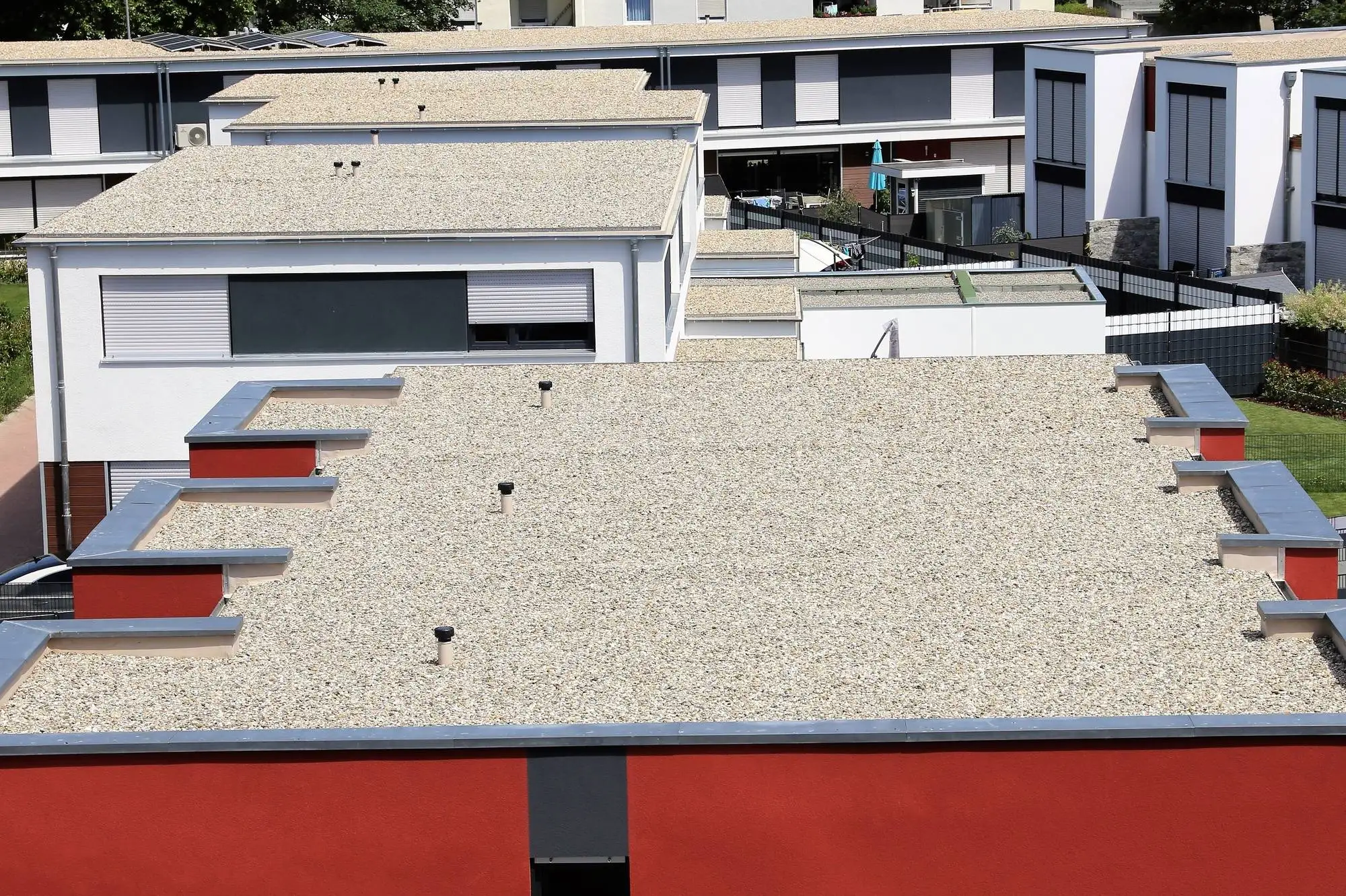Mon - Fri 7:00 am - 4:30 pm
601 South Palm Ave, Alhambra, CA 91803
Posted by thomas ferriere No Comments on Flat Roof Contractors: The Benefits of Installing a Flat Roof Roofing
Flat Roof Contractors: The Benefits of Installing a Flat Roof
Commercial property owners in the US spend an average of $2.15 per square foot on building maintenance alone.
Property managers often try to slash their maintenance budgets in small ways: cheaper cleaning supplies, energy-saving initiatives, or renting out unused space. Those are all great strategies, but what if there was a longer-term solution?
If you’re a property owner looking to cut costs, it might pay to look on top instead of inside your building. Flat roof contractors can install a roof with money-saving energy, durability, and weather-proofing benefits that stretch across years instead of mere months.
Read on to learn about the types of flat roofs and the benefits they provide for commercial buildings.
Flat Roof Material: Spray Foam
First, a commercial roofer will apply a spray foam layer of high-density polyurethane (known as SPF) with a spray gun or wand. Then, they’ll top the foam with a waterproof elastomeric topcoat.
High R-Value
R-value measures how insulating a material is. The higher the value, the better the insulation capability. Spray polyurethane foam has the highest thermal resistance (R-value) of all large-area flat roof materials on the market today.
SPF is resistant to conductive, radiant, and convective heat transfer due to its closed-cell foam structure. And the topcoat is almost always a reflective gray or white, deflecting the sun’s rays from a building.
Sustainable
One of the critical flat roof benefits of SPF is that it will last half a century or more if properly installed and well maintained.
It also helps maintain the structural integrity of a commercial building, meaning the locale can be used for a long time. SPF also never needs to be replaced; you can simply spray another layer.
Finally, SPF materials contain no or low VOCs and CFCSs and have a zero ODP rating.
Flat Roof Material: Rubber
Rubber roofs consist of a rubber membrane weighted down to an insulating board with gravel or glued to the top of a building, usually using tar. It’s a low-cost option that a flat roof company would find easy to install on buildings large or small.
Energy Efficient
Rubber roofing fits easily and snuggly around skylights, vents, and guttering, keeping water and heat out. The material can withstand temperatures as high as 302 degrees F.
Rubber roofing is also highly insulating, keeping interiors at an even temperature. It’s breathable–letting heat escape, reflecting heat, and insulating against hot (or cold) temperature extremes.
Recyclable
Rubber roofs are close to 100 percent recyclable. So even if you’re replacing your roof every 20 years (the shorter end of a rubber roof’s up to 50-year lifecycle), very little of the material will end up in a landfill.
Flat Roof Material: BUR (Built-Up Roof)
BUR roofs, also commonly known as tar and gravel roofs, have a long history of use in the US. Flat roof service professionals will apply two to four layers (or piles) of tar then cover that in aggregate to protect the tar from degrading UV radiation.
Resists Climate Extremes
The multi-layered structure of a BUR roof means it’s less susceptible to stress, pressure, and abrasion. In addition, the tar and gravel combo makes these roofs naturally resistant to water intrusion, UV radiation, and fire. A commercial roofing company can make slight modifications to a BUR roof to help it weather extremes like hail storms or snow dumps.
Color Options
BUR roofs provide more room for creativity than other roofing systems. You can surface them with standard gravel or choose a go for a smooth finish in an array of colors.
Most people opt for subdued or reflective shades to encourage energy saving. But architects or owners needing to roof statement or landmark properties may be interested in the customizability of BUR.
Flat Roof Material: Modified Bitumen
Modified bitumen (also known as “mod-bit”) roofing is a close cousin of the BUR roof system. The main difference is the application. It’s typically made up of only two piles–a base of tar or adhesive and a granulated cap sheet.
Keeps Its Shape
Most (not all) flat roofs have seams, and they’re notorious for opening up over time. Pliable mod-bit roofs are flexible, meaning they expand and contract with changes in temperature without cracking.
If you eventually need to replace an area of the roof, it’s easy and fast to do using a mod-bit patch. They’re virtually indestructible!
Eco-Friendly
Mod-bit roofs can be treated to make them cooler–for example, adding a reflective top layer to reflect the sun’s rays and increase thermal emission. This will better regulate a building’s interior temperature, especially on the upper floors, reducing your heating and cooling bills.
The net result? Less energy use means a more environmentally friendly building. And a bit more money in your pocket, too.
Flat Roof Material: Thermoplastic Membrane
Thermoplastic roofing membranes consist of a single layer of PVC or TPO stretched over and adhered or screwed to a roof. Not every roofing company specializes in this material. You might have to search for “roofing company near me” coupled with this material to find one in your area.
Leakproof
Not only will this membrane seal off leaks in the building’s exterior, but its seamless construction also limits later leakages. Because the roof’s surface is uniform, you can easily spot tears or compromises during a regular inspection.
Cost-Effective
TPO and PVC thermoplastic roofing membranes are relatively cost-effective, with the higher material costs of PVC balanced out by the slightly higher installation costs of TPO. Perhaps best of all, this type of roofing is also categorized as maintenance rather than capital improvement in the US so that you can write off their installation in a year.
Consult with Professional Flat Roof Contractors
Of course, these aren’t the only flat roof systems available on the market today, but they’re some of the most common. Consider the benefits listed here carefully, and if you’re confused, reach out to a service provider. Professional flat roof contractors can advise you on the most suitable material for your climate, location, and building type.
HP Commercial Roofing in Los Angeles offers a wide range of flat roof options. Request an estimate or arrange for a free roof inspection with LA’s best roofing company today.
Recent Posts
Categories
Recent Posts
Do you have any questions?
Contact us at The HP Roofing PRO office or submit a business inquiry online
Contact Us






